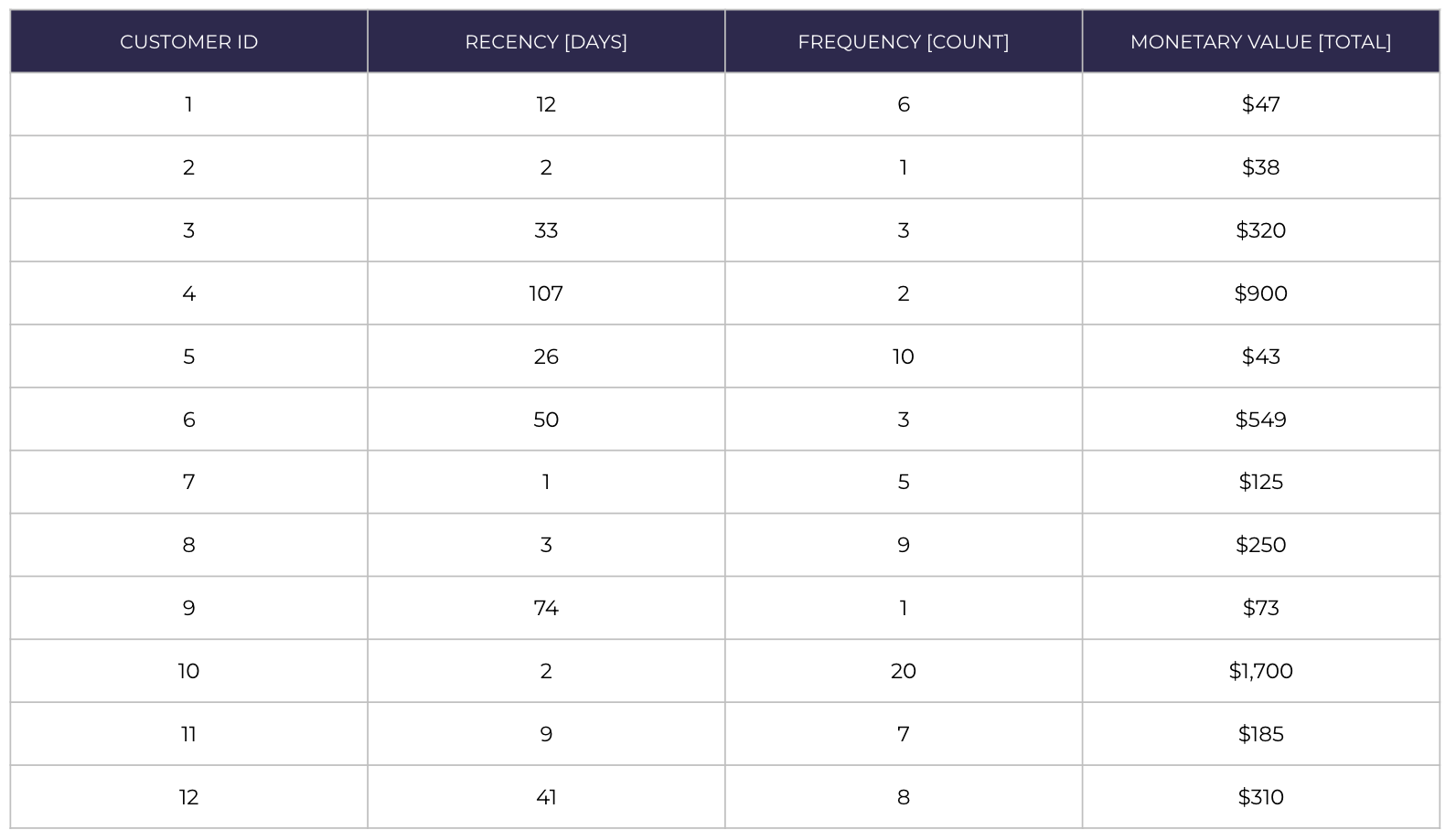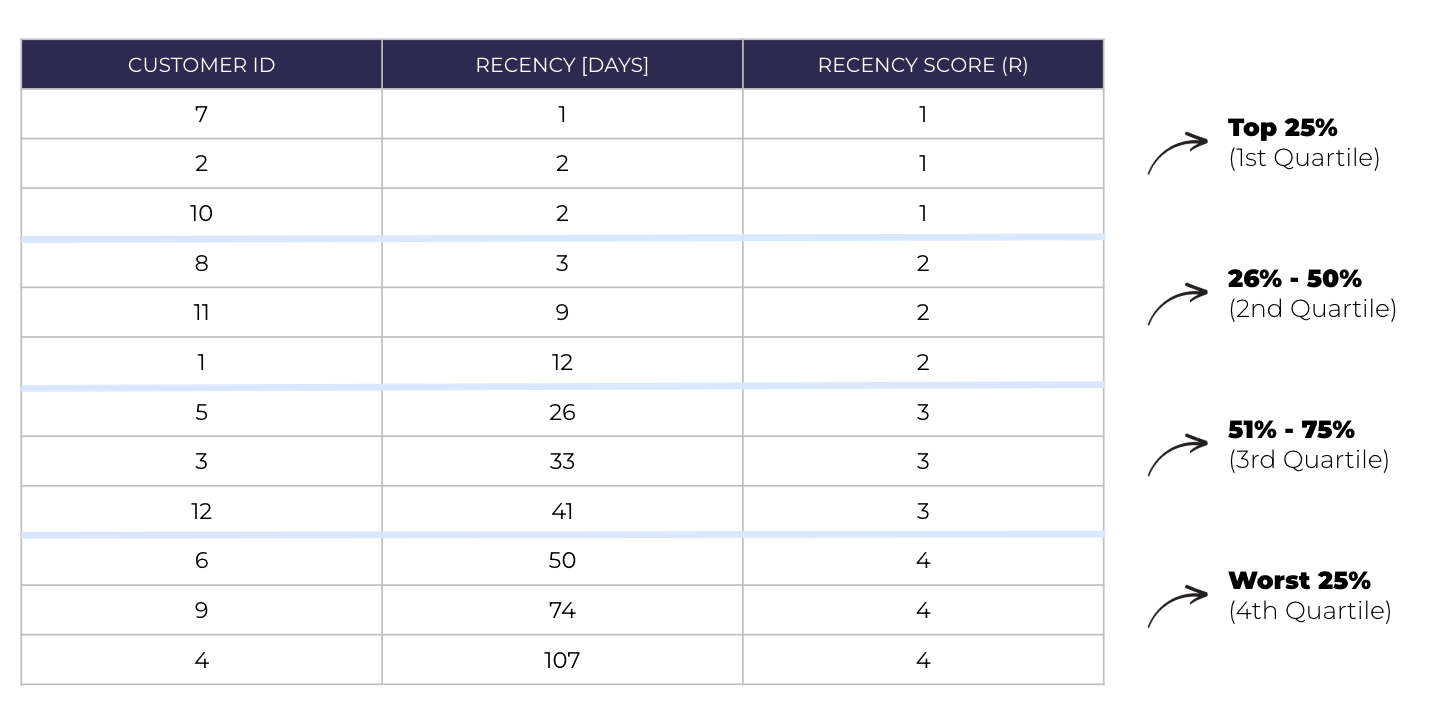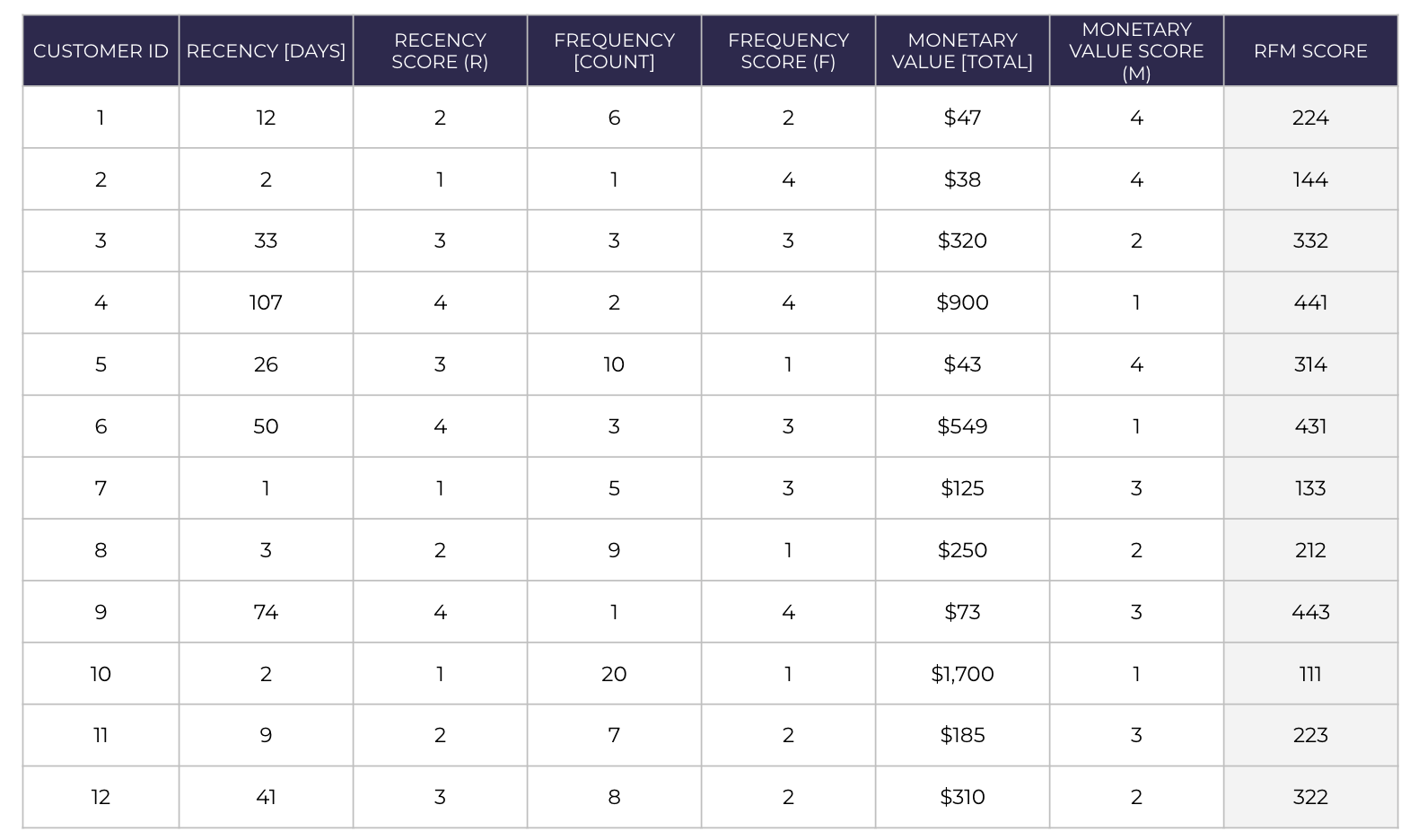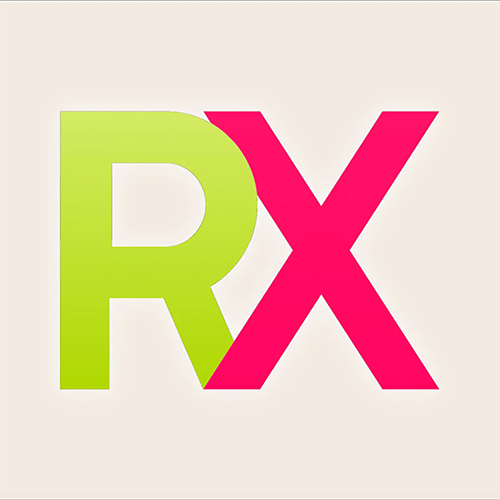Shopify RFM Segmentation & Analysis: A Comprehensive Guide
RFM analysis is a business metric that measures the value of customer relationships. RFM stands for recency, frequency & monetary. It looks at how recently a Shopify customer has made a purchase (recency), how often they make purchases (frequency), and how much they spend per purchase (monetary).
-
 RetentionXMaximize Your Lifetime Value (LTV) with Analytics & Automation4.9
RetentionXMaximize Your Lifetime Value (LTV) with Analytics & Automation4.9 30-day free trial
30-day free trial Free plan available
Free plan available Built for Shopify Plus
Built for Shopify Plus
RFM analysis can your brand identify your best customers and focus your marketing campaigns on retaining and growing these relationships. When used correctly, RFM analysis can be an valuable tool for increasing customer loyalty and lifetime value.
RFM analysis provides valuable customer insights, enabling businesses to make informed marketing decisions by analyzing customer cohorts, visualizing RFM data, and leveraging customer behavior information.

By integrating RFM analysis into your brand’s strategy, you not only foster better relationships with your customers but also steer your Shopify store towards a path of sustainable growth. It brings a data-driven approach to understanding customer behavior – based on recency, frequency and monetary value, helping to refine marketing strategies and make informed business decisions. This, in turn, enhances the overall health and profitability.
- Better Customer Segments: Personalization allows for targeted and personalized marketing campaigns, enhancing customer experience and fostering brand loyalty. Identifying and targeting repeat customers is crucial for refining customer segments, as it helps in recognizing those who contribute significantly to your business through frequent purchases. This approach aids in the efficient allocation of marketing resources by focusing on cohorts of customers that are more likely to respond positively.
- Improve Customer Lifetime Value: Knowing the LTV helps in budgeting, marketing, and understanding customer behavior.
- Increase Customer Retention: By segmenting Shopify customers based on their customer lifetime value, companies can craft personalized strategies to retain high-value customers and improve the value of lower-value customer segments.
- Better Cost Efficiency: By segmenting customers based on their customer lifetime value, companies can craft personalized strategies to retain high-value customers and improve the value of lower-value customer segments.
- Enhanced Product Development: By segmenting customers based on their LTV, companies can craft personalized strategies to retain high-value customers and improve the value of lower-value customer segments.
– Shopify does not provide RFM analysis & RFM segmentation out of the box. The RetentionX Shopify App adds this functionality.
Recency (R)
- Definition: Measures the time since a customer's last purchase.
- Importance: Identifying recent customers can help you retain them, as a client who recently made a purchase is more likely to buy again compared to one who hasn't bought anything for a long time.
Frequency (F)
- Definition: Reflects how often a customer buys from your store.
- Importance: Clients who purchase frequently are generally more engaged and potentially more loyal, indicating a stronger likelihood to respond to new offerings or promotions.
Monetary (M)
- Definition: Represents the total money (net revenue after returns) a customer has spent in your store.
- Importance: Shopify customers who have spent a higher amount are often more valuable to your business, providing insights into customer segments that might be more receptive to upselling or cross-selling opportunities.
Let’s take a look at the sample data set below including 12 different customers. Analyzing this data set can offer valuable repeat customer insights, helping to understand customer behavior trends over time.
Step 1: Sort your customers according to the RFM factors
First of all, we need to calculate per customer how many days have passed since the last order (Recency), how many orders they have placed (Frequency), and the monetary value they generated. We recorded this information in the following table:

Step 2: Score each customer according to position
To conduct RFM analysis for this example, let’s see how we can score these customers by ranking them based on each RFM factor separately. Let’s begin with ranking customers on recency first and score all customers from 1-4.
As seen in the table below, we have sorted customers by recency, with the most recent purchasers at the top. Once the numbers are sorted, you will separate your customer data into quartiles, 4 equal groups of 25%. The top 25% of customers (customers 7, 2, 10) receive a recency score of 1, the next 25% (the next 3 customers 8, 11, 1) a score of 2, and so on. These recency scores are summarized below:

Similarly, we can then sort customers by frequency from most to least frequent, assigning the top 25% a frequency score of 1, etc. For the monetary value, the top 25% of customers will be assigned a score of 1 and the lowest 25% a score of 4.
Step 3: Determine the RFM score
After we have sorted and assigned scores to each factor, you will be able to determine each customer's RFM score by combining each individual score as seen in the last column below:

Fantastic! Now we've completed the analysis.
Performing this analysis manually not only demands a considerable investment of time and resources but also bears the risk of human errors that can skew insights and lead to misguided strategies. Moreover, the dynamic nature of customer data requires constant updating and refinement. RetentionX can automate this process, continuously updating the data to provide real-time insights.
-
 RetentionXMaximize Your Lifetime Value (LTV) with Analytics & Automation4.9
RetentionXMaximize Your Lifetime Value (LTV) with Analytics & Automation4.9 30-day free trial
30-day free trial Free plan available
Free plan available Built for Shopify Plus
Built for Shopify Plus
After ranking our customers based on the recency, frequency, and monetary, we have individual R, F, and M scores; by combining their individual R, F, and M scores, we get the aggregated RFM score per customer.
Up to 64 different combinations of RFM scores are possible. However, to help you get started, we recommend the following predefined RFM statuses:
- Top Customers – RFM score of 111:Most valuable customers: made the highest amount of purchases, with the least days since last order and the highest monetary value. Often also called VIP Customers or Champion Customers
- Loyal Customers – RFM score of X1X:Customers that made a great number of purchases. This segment does not indicate performance regarding days since the last order or monetary value.
- High Potentials – RFM score of XX1:Customers that made had a great AOV along their lifecycle. This segment does not indicate performance regarding days since the last order or number of orders in their lifecycle.
- Small Buyers – RFM score of X13 or X14:Customers that place few orders will have a small monetary value. This segment does not indicate performance regarding days since the last order.
- Dormant Customers – RFM score of 44X:Customers that placed few orders a long time ago. This segment does not indicate performance regarding the monetary value of those orders.
- Worst Customers –RFM score of 444:Customers that placed few orders, a long time ago, with small monetary value.
- Other:Customers who do not fall under the specifications above will be categorized as Other. All shopify customers are assigned an RFM score; however, not all scores have a predefined RFM status. You can create custom segments based on the RFM scores using our segment builder!
Once every customer has an RFM Score assigned, it is time to see the percentage of your database that belongs to each group. In this report, you will be able to see how many customers (both in absolute numbers and percentages) are within each score combination - that will give a look over your customer base's health!

Instead of analyzing your entire customer base as a whole, RFM analysis is a powerful tool to segment customers into homogeneous groups, understand the traits of each group, and engage them with relevant campaigns. By knowing your customer distribution per RFM, you can identify and address potentials and risks in your customer structure:
- Top Customers: Reward most valuable customers with unexpected benefits
- Loyal Customers: Provide the highest level of customer service to transform them into Top Customers
- Top Customers: Encourage them to place the next order, e.g. by using vouchers or goodies
- High Potentials: Offer other relevant products and special discounts
- Small Buyers: Reactivate them by an explicit reconnection
- Worst Customers: Revive the interest of lost customers with a reach-out campaign, otherwise ignore them
To do so, create segments and identify all customers belonging to an RFM status, e.g. all your Top Customers.

Alternatively, you can segment customers with our one-click segmentation suggestions.
You can also use RFM to better acquire new customers by creating lookalike audiences of your top customer segments.
With the help of RetentionX's built-in integrations to all marketing channels, you can synchronize segments to Meta, Google, Tiktok, Klaviyo (email marketing) and many other platforms to either acquire similar new customers or target and reactivate your existing customer segments.


 30-day free trial
30-day free trial